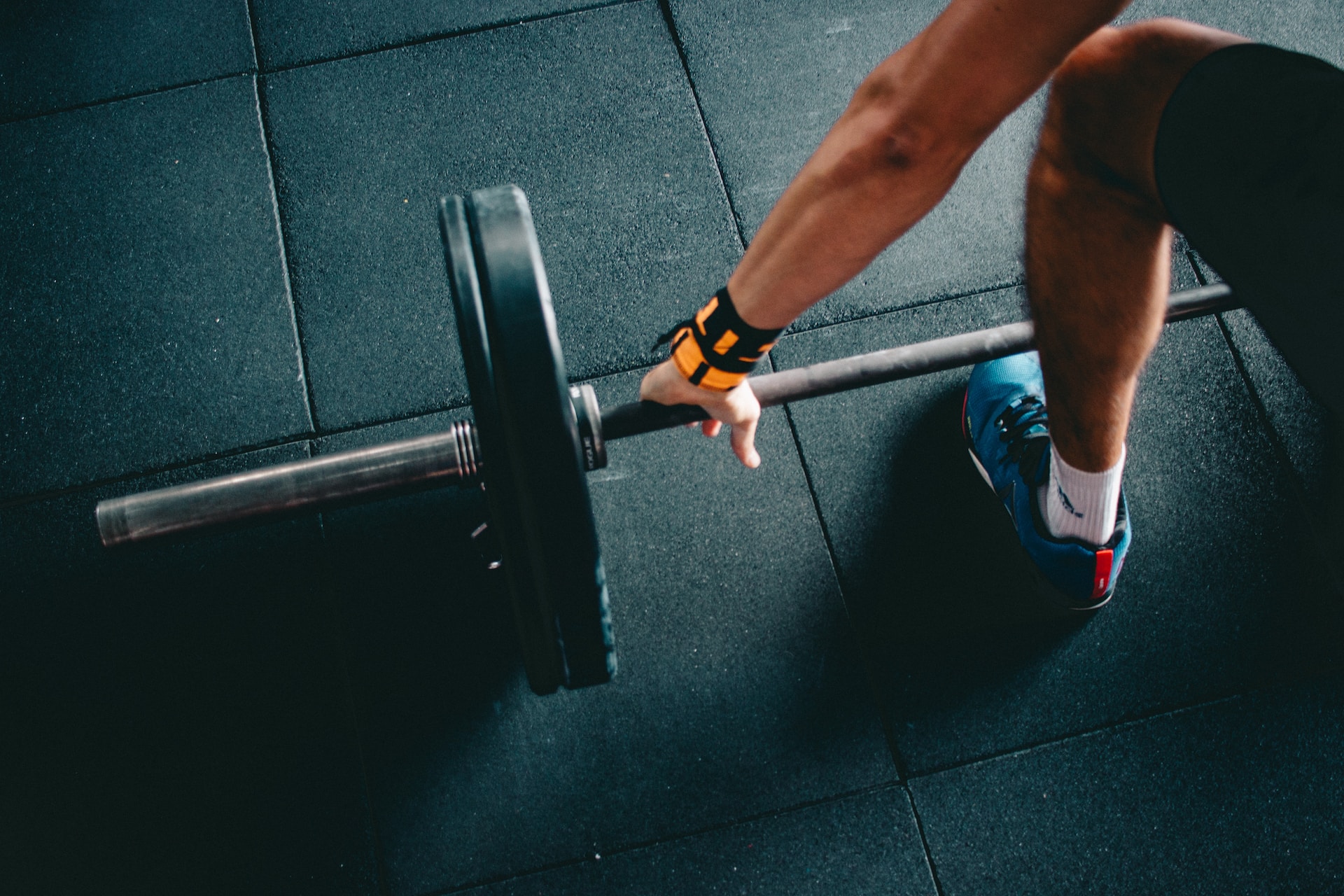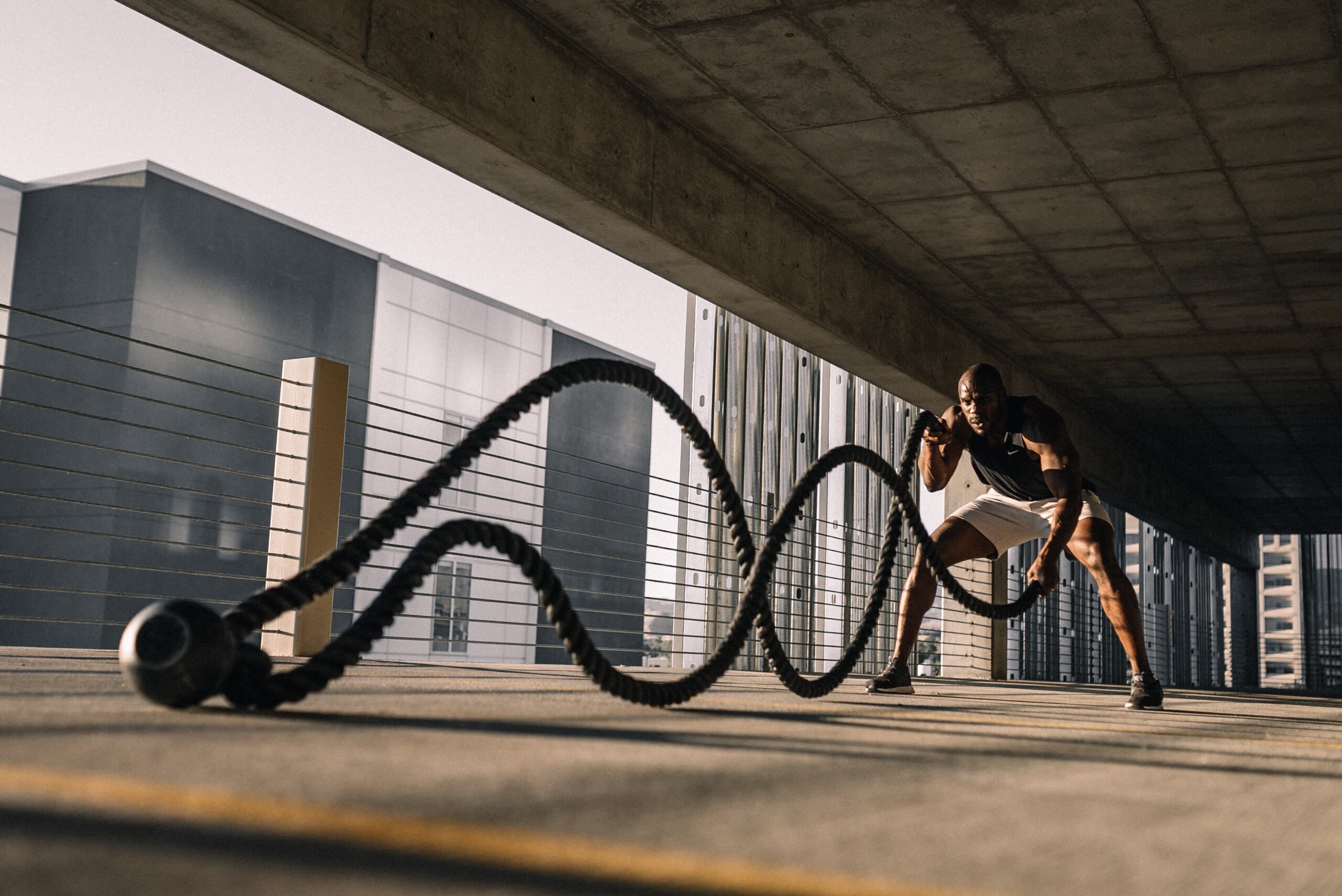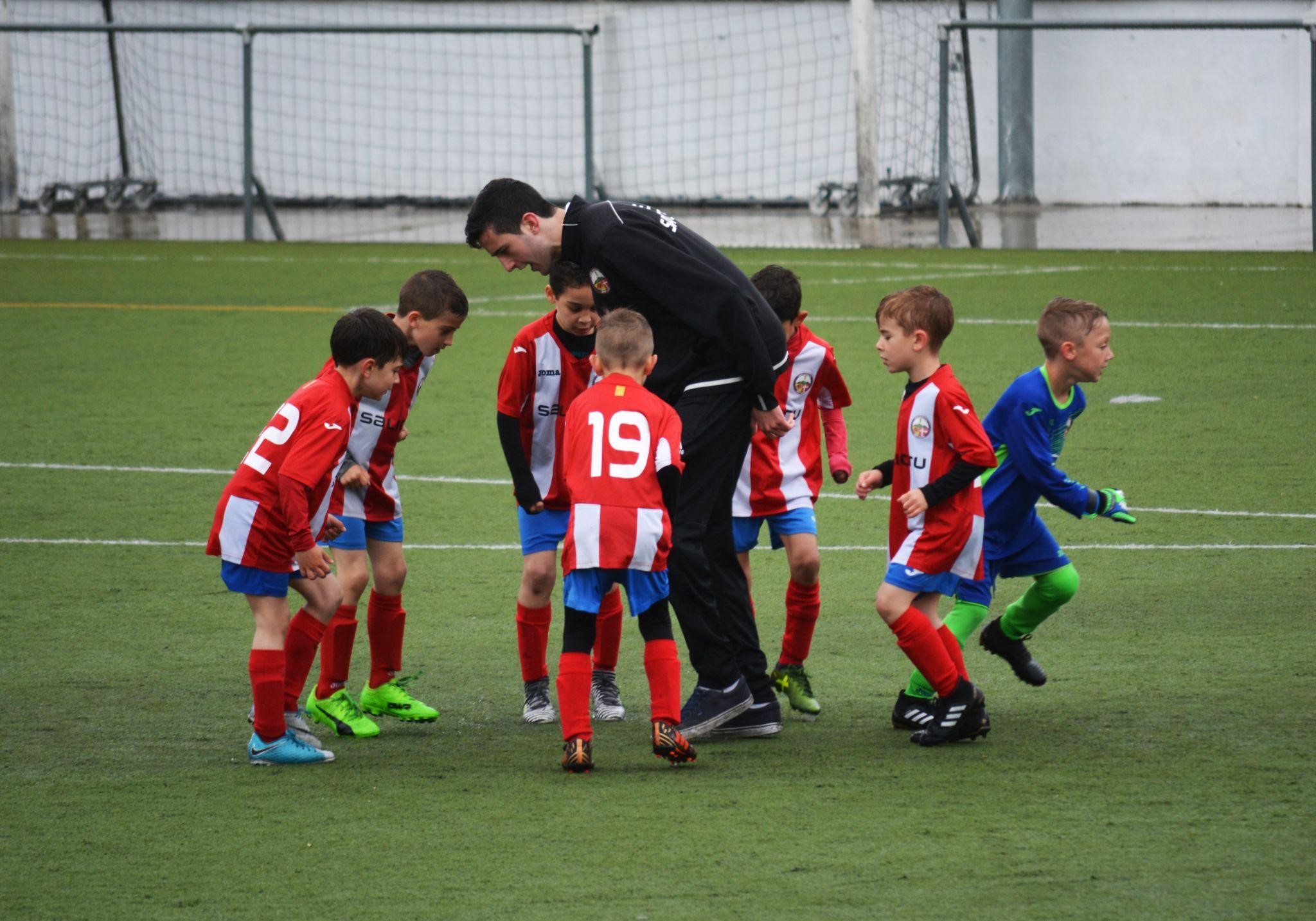The training methodology that gymnasts use for their quick and effective training of various elements involves many factors. If it were only one factor, other sports disciplines would simply copy it to instantly improve functional strength.
There are three main factors that gymnasts focus on during their training period.
The first is body composition. The second is assistance. The third is the use of micro and macro cycles.
If you’ve seen gymnasts on the rings, you may have noticed their special physique, which includes huge biceps, strong arms, forearms, as well as developed chest – pectoral muscles and a large back. All in all, they have an impressive size for such a sport, where they do not use any additional weight – and this seems surprising to many.
Gymnast workouts are particularly intense – perfect for building muscle mass and strength.
They’re so intense that the body is practically forced to adapt and build additional muscle mass in order for the body to handle the enormous amounts of training stress.
Now let’s move on to a more specific question. How do gymnasts quickly learn such an element as the planche? In general, how do they learn the elements?
A legitimate question is how the methodology of gymnasts will help in the process of learning it, and will additional muscle mass not interfere with the performance of such movements with their own weight?
Former U.S. Olympic gymnast Brandon Wynn points out the importance of body composition, namely the importance of staying “light” throughout a gymnast’s professional career, in which case the gymnastics you demonstrate will be perfect. The importance of controlling body composition stems from the increased risk of injury, whether through drastic weight gain, or changes in body structure.
This partly explains why gymnasts have such large muscles, they help them perform intense exercises, and the low percentage of body fat helps them stay “light” – all muscles are functional, because performing gymnastic exercises, including the planche, requires special strength skills.
The formula for gymnasts’ strength: neural adaptation (expressed in time) multiplied by the cross-sectional area of the muscle. All you really need to understand from this equation is that the bigger the muscle, the greater its ability to increase strength – once neural adaptation has been made.
Brandon Wynn agrees with this concept. “I think the need for muscle hypertrophy is to build the right strength, and then it’s going to come down to making sure the training regimen is built around your goal. We need them both, we need to push our bodies to the limit every time so they can realize and then be able to do things they couldn’t do before-that’s the goal.”
The huge muscles built through systematic gymnastics and the low fat percentage – helping gymnasts stay both “light” and strong.
This leads to the next question. What can be done to get this kind of physique – body composition (or is it all about genetics) ?
The first is a diet (diet regime), which is needed to ensure a low percentage of fat in the body. The main role in this is diet, only secondarily to building muscle mass, training and recovery.
Nutrition, particularly diet, is an important part of the post-workout recovery period. This is overlooked by many people and what must be present in the diet of a person who exercises professionally or who focuses on functional strength training is a caloric surplus (the consumption of more calories relative to the amount that we regularly burn).
The way to maintain the necessary body structure is by cycling carbohydrate intake or cycling, in which we take in fewer calories on a regular basis and then there is a period of two to three days when this amount is increased. The key is the need to achieve a low fat percentage by maintaining a calorie intake deficit and then moving to a small surplus, backed up by quality and intense training – with the goal of gaining muscle mass.
The second thing to focus on, in addition to nutrition, is exercise. Special weight training, to build muscle. In this way, a low percentage of fat is like a foundation, and the muscles obtained through training will provide an “easy” movement and maintain the body on the weight.
The second factor that gymnasts use to master the elements and progress quickly is assistance. Not only direct help in performing the exercises, but also help in organizing and planning them, making programs.



